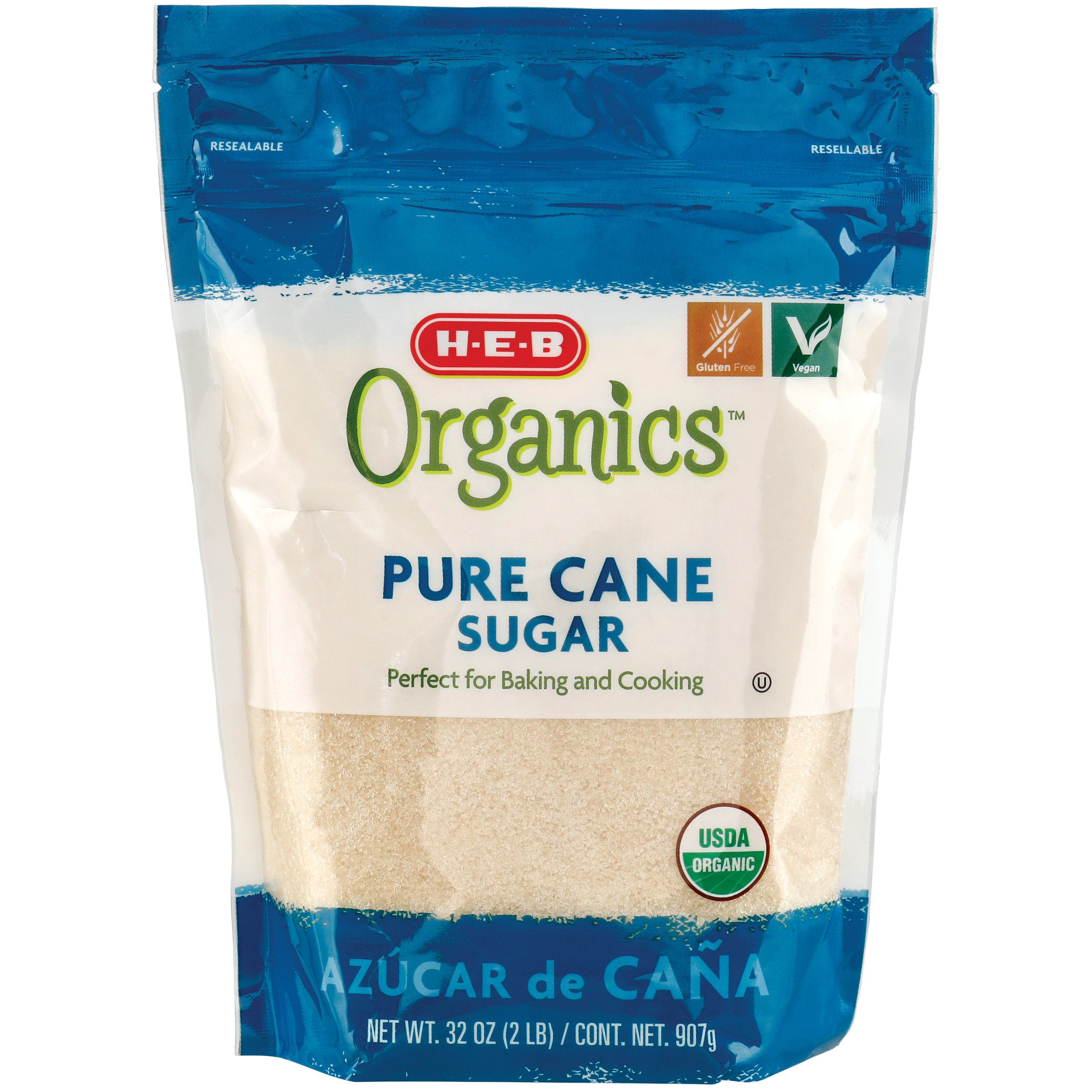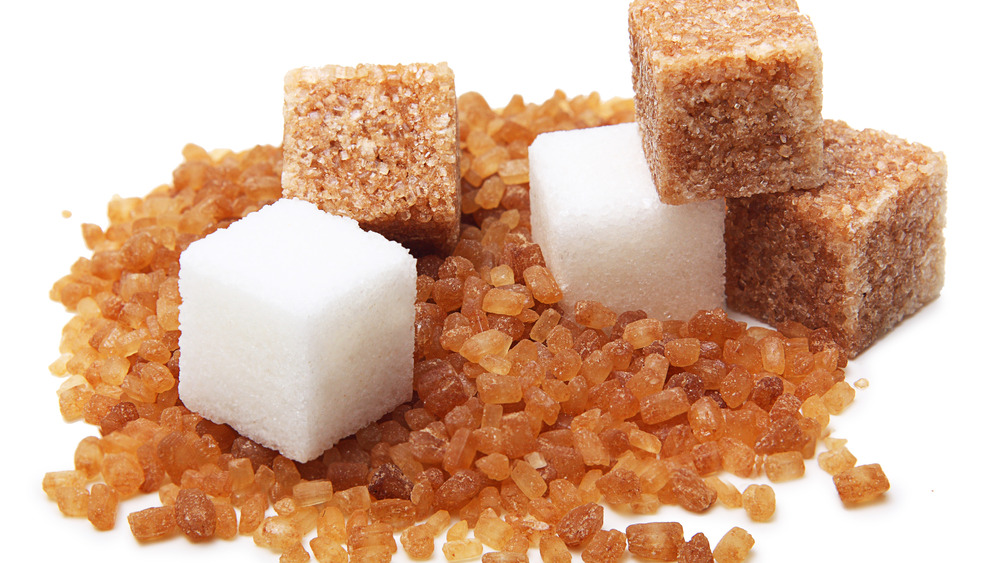The Science Behind Cane Sugar Processing: Just How Sweet Taste is Improved
The Science Behind Cane Sugar Processing: Just How Sweet Taste is Improved
Blog Article
Checking Out the Comprehensive Steps Involved in Cane Sugar Handling From Gathering to Refinement
The procedure of cane sugar production incorporates a series of elaborate actions, starting with the mindful harvesting of sugarcane and culminating in the refinement phases that make certain the final product fulfills sector standards. Each phase, from the removal of juice to the filtration and crystallization processes, plays a critical role in figuring out the top quality and character of the sugar.
Harvesting Sugarcane
Gathering sugarcane is a crucial action in the cane sugar processing chain, as it straight affects the quality and yield of the end product. Correct timing and techniques are essential throughout this stage to make certain optimal sugar web content and decrease losses. Commonly, sugarcane is collected when it gets to maturation, normally 12 to 18 months after growing, defined by a high sucrose concentration.

Post-harvest, the sugarcane needs to be refined promptly to avoid sucrose degradation. Preferably, gathered cane should be transported to processing centers within 24 hours to preserve sugar high quality. As a result, effective logistical preparation is crucial to keep the honesty of the gathered crop throughout the supply chain.
Removal Process

The smashed walking stick is subjected to a series of pushing procedures to take full advantage of juice recovery. Usually, hot water is sprayed onto the smashed walking cane, producing a countercurrent flow that helps liquify the sugar while likewise aiding in the extraction procedure. The juice collected from this operation has not only sugar but additionally numerous organic compounds and contaminations.

To enhance removal performance, some centers might use diffusion methods, where the sugarcane is soaked in warm water, allowing the soluble sugars to diffuse into the liquid. The resulting juice, rich in sucrose, is then guided to succeeding handling phases, laying the structure for filtration and improvement. The removal procedure is hence crucial in determining the quality and yield of the final sugar product.
Purification Methods
The filtration techniques employed in cane sugar processing are vital for changing the raw juice right into a high-quality sugar product. These techniques mostly intend to get rid of contaminations, such as dirt, plant products, and not natural compounds, which can negatively impact the end product's flavor and color.
This process involves including lime and warm to the raw juice, which helps with the coagulation of impurities. In addition, the use of phosphoric acid can boost the information process by more binding pollutants.
An additional considerable technique is carbonatation, where co2 is introduced to the made clear juice. This reaction generates calcium carbonate, which captures continuing to be pollutants and advertises their removal.
Additionally, turned on carbon therapy may be related to adsorb any kind of remaining colorants and natural contaminations, guaranteeing a much more refined item. The mix of these methods efficiently prepares the sugar juice for subsequent steps in the refining process, setting the stage for the manufacturing of premium walking stick sugar.
Formation Methods
After the filtration phase, the following important action in cane sugar processing includes formation methods, which play an essential duty in transforming the cleared up juice right into strong sugar. This procedure normally utilizes 2 primary methods: spontaneous condensation and regulated crystallization.
In spontaneous condensation, supersaturated sugar options are permitted to cool naturally, leading to the formation of sugar crystals gradually. This approach is less complex but may result in unequal crystal sizes and reduced pureness degrees. On the various other hand, regulated formation is an extra accurate strategy where temperature level, focus, and seeding agents are thoroughly handled. This technique permits the consistent development of sugar crystals and greater purity.
Throughout formation, the made clear juice is focused with dissipation, boosting its sugar material up until it reaches supersaturation. As soon as this factor is accomplished, either approach can assist in the condensation process. Cane Sugar Processing. The resultant sugar crystals are then separated from the staying syrup through centrifugation
Eventually, the option of condensation technique impacts the quality, size, and purity of the final sugar product, making this about his step vital in the total cane sugar handling treatment.
Improvement and Product Packaging
Just how can the pureness and top quality of walking cane sugar be better boosted after formation? The improvement procedure plays a critical duty in attaining high-grade walking cane sugar. Adhering to condensation, sugar undergoes an extensive cleaning to remove contaminations and residual molasses. This is typically completed using cozy water or steam, which assists liquify and draw out undesirable components while protecting the sugar crystals.
Next, the sugar goes through a procedure called centrifugation, where it is spun at broadband to divide the purified sugar crystals from the staying fluid. After centrifugation, the sugar is often additional improved via a method called carbonization or phosphatation, which uses turned on carbon or phosphoric acid to eliminate color and off-flavors.
Once fine-tuned, the sugar is dried out to achieve the wanted moisture material, ensuring that it try these out stays stable during storage space and transportation. The last action includes product packaging the refined sugar in moisture-proof and closed containers to maintain its high quality and stop contamination. Cane Sugar Processing. Correct product packaging not just expands life span but also promotes very easy handling and distribution, guaranteeing that consumers get sugar that fulfills the highest possible standards of purity and high quality
Verdict
The comprehensive actions associated with cane sugar handling, from the meticulous harvesting of sugarcane to the elaborate refinement and packaging phases, emphasize the relevance of each phase in ensuring high-grade sugar manufacturing. Optimum harvesting strategies, reliable removal methods, and extensive filtration procedures jointly add to the last item's pureness and stability. The crystallization and subsequent product packaging methods even more enhance the honesty and service life of the sugar, highlighting the browse around here complexity and precision inherent in this essential farming market.
The process of walking cane sugar production encompasses a collection of complex steps, starting with the cautious harvesting of sugarcane and culminating in the improvement stages that ensure the last product fulfills market criteria. Preferably, harvested walking cane needs to be delivered to processing centers within 24 hours to protect sugar quality.In spontaneous crystallization, supersaturated sugar remedies are enabled to cool normally, leading to the development of sugar crystals over time - Cane Sugar Processing. The refinement procedure plays a crucial duty in achieving top quality walking cane sugar.The detailed steps entailed in walking stick sugar processing, from the thorough harvesting of sugarcane to the elaborate improvement and packaging phases, underscore the value of each phase in making sure premium sugar manufacturing
Report this page